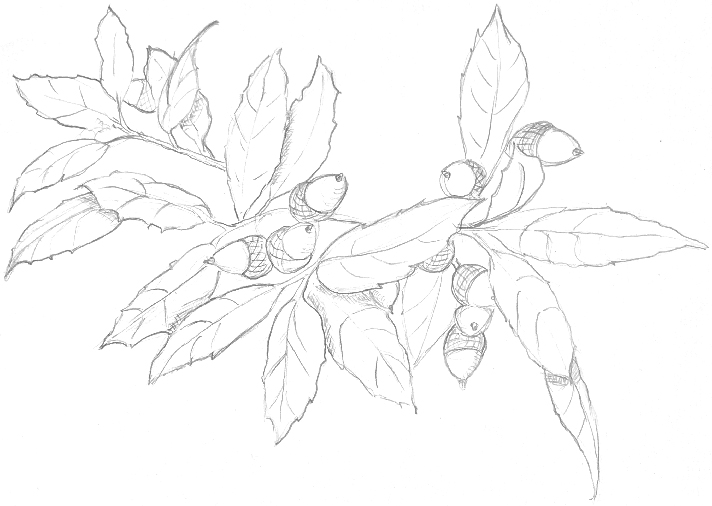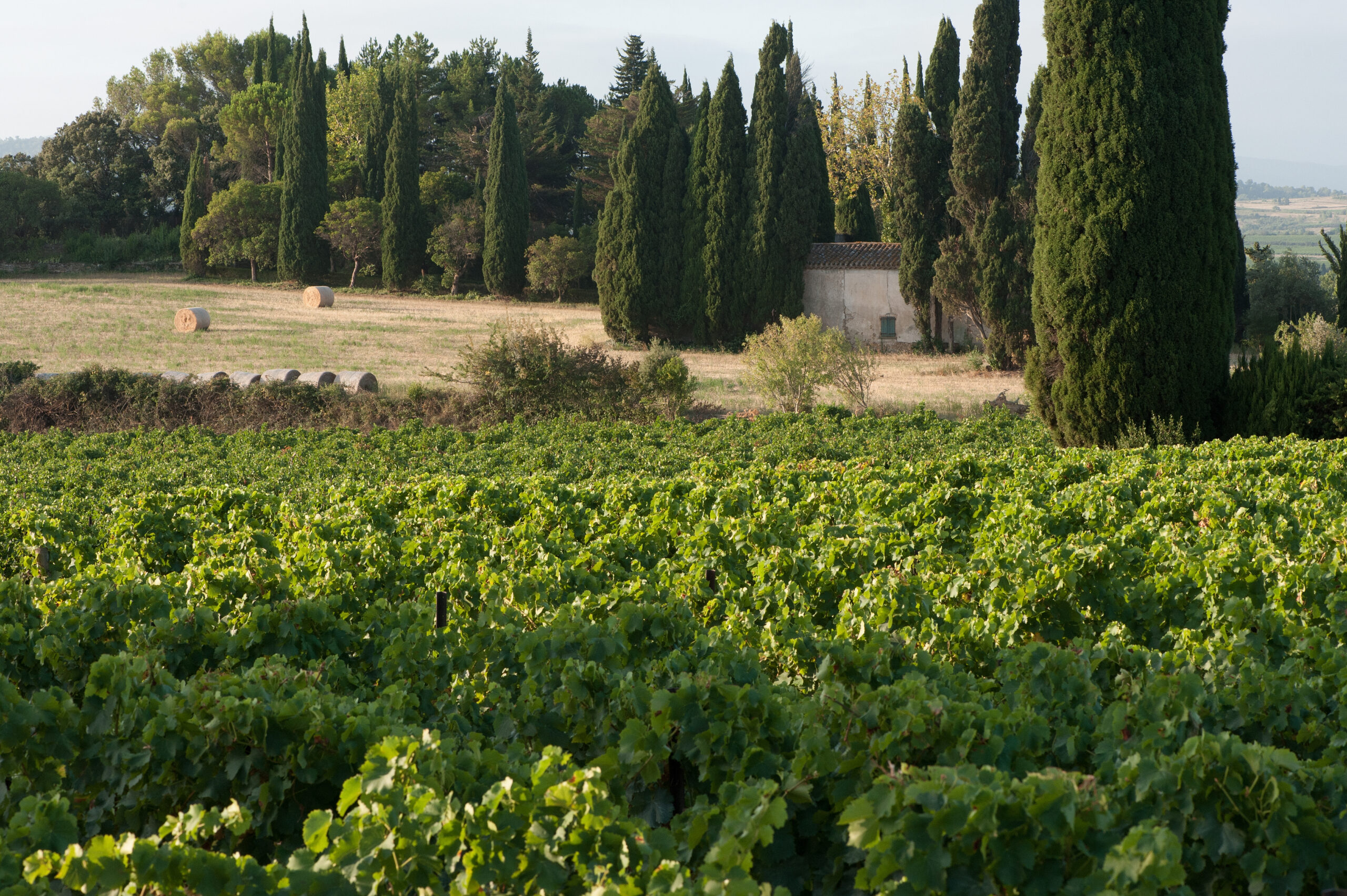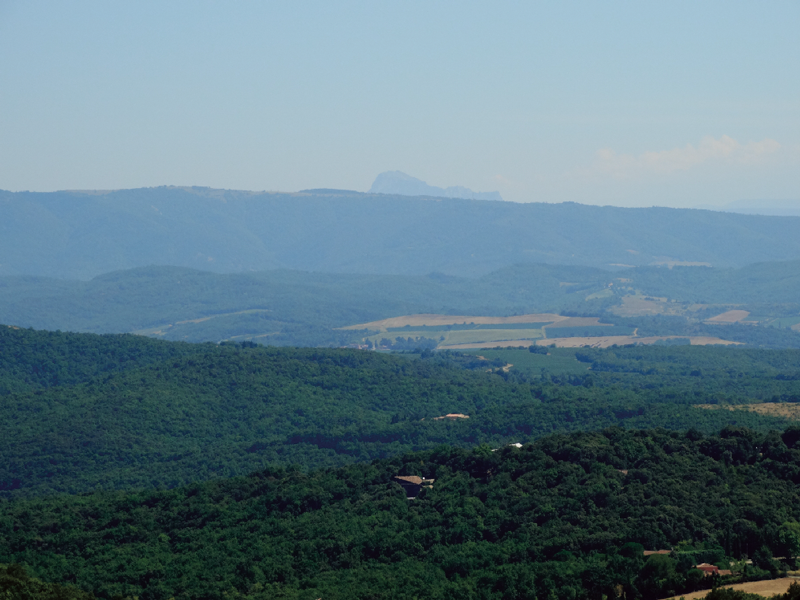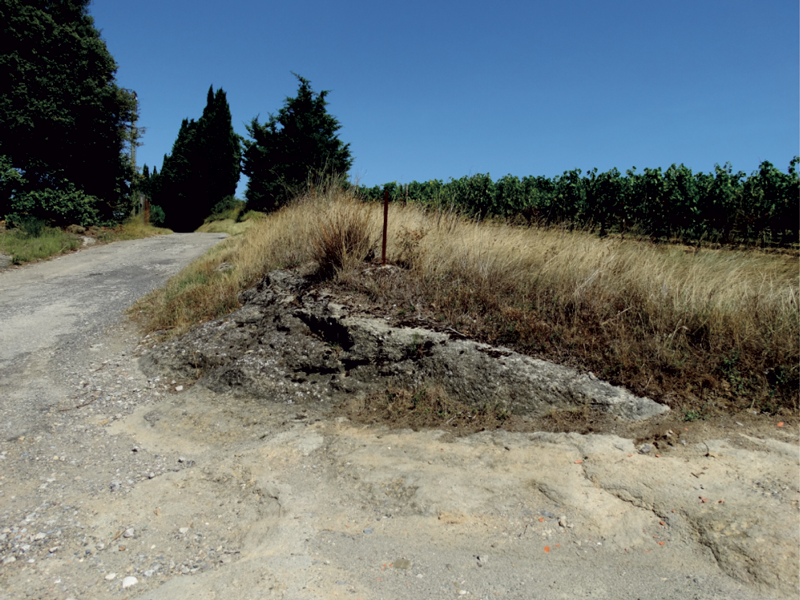The Terroir
An exceptional location
The vineyard faces the city and covers 16 hectares, including 13 hectares of vines. It perches on a hillock, with its vines descending gently towards the River Aude.
Located on the border between two of the region’s major climatic influences – the Mediterranean and the oceanic – La Sapinière is both a Mediterranean and an oceanic treasure. It produces two types of grape variety:
– three Atlantic varieties: Merlot, Cabernet Franc, Cabernet Sauvignon
– one Mediterranean variety: Grenache, Viognier, Roussanne
The near-permanent winds – the prevailing Cers, plus the Autan, or sea wind – help ensure the quality of the vines and help give the grapes their unique character. These winds also significantly reduce the need for phytosanitary treatments.
An exceptional location
The vineyard faces the city and covers 16 hectares, including 13 hectares of vines. It perches on a hillock, with its vines descending gently towards the River Aude.
Located on the border between two of the region’s major climatic influences – the Mediterranean and the oceanic – La Sapinière is both a Mediterranean and an oceanic treasure. It produces two types of grape variety:
– three Atlantic varieties: Merlot, Cabernet Franc, Cabernet Sauvignon
– one Mediterranean variety: Grenache, Viognier, Roussanne
The near-permanent winds – the prevailing Cers, plus the Autan, or sea wind – help ensure the quality of the vines and help give the grapes their unique character. These winds also significantly reduce the need for phytosanitary treatments.


La Malepère
This mountain ridge, which reaches an altitude of 442 metres, is the result of a meeting between the Corbières and the Pyrénées. It is composed of calcareous sandstone, which often forms outcrops. In the region, sandstone was traditionally known as mauvaise pierre (bad rock), or mala pedra in Occitan, and this is what gave La Malepère its name. Standing on the top, one enjoys an uninterrupted panorama: Bugarach stands watchful on the left; the Pic de Madres and the Pyrénées Ariègeoises can be seen to the south; then come the village of Fanjeaux and the Plaine du Lauragais, which spreads out gently before the eyes; and finally, standing to the north, the Montagne Noire.


The open skies are never of a single blue. The light is white, especially when it touches the mountains. This is an austere, undulating land. A true crossroads and borderland, it is a paradise for dreamers and cyclists, who move between plains and mountains, from the south-west to the Mediterranean, from green oak woods to vines, and from sunflowers to cypress trees, amidst the swirling play of the region’s different winds.
